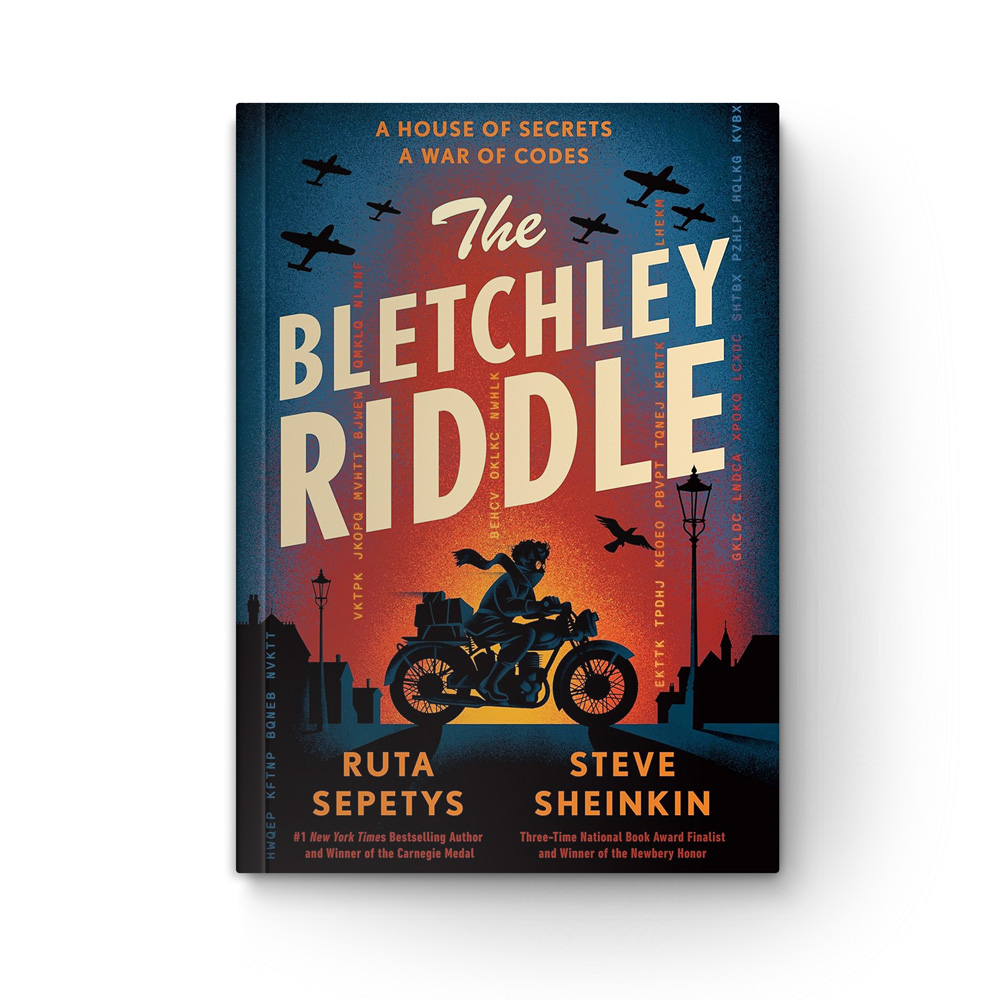It’s time to catch some rays and read some books. We asked some of the people featured in our pages this year—including a fashion designer, a crossword maker, and a champion water polo coach—which books you simply must read this summer. So put on your sunglasses and enjoy.
Nonfiction

Sister, Sinner: The Miraculous Life and Mysterious Disappearance of Aimee Semple McPherson by Claire Hoffman, Farrar, Straus and Giroux (2025)
Is Claire Hoffman a friend of mine? Sure. But we became friends because I sent her a fan e-mail about her writing at the L.A.Times. Now she’s a fancy biographer, re-examining Aimee Semple McPherson, the 1920s L.A. Pentecostal radio evangelist who faked her own kidnapping to have a tryst and became the star of a celebrity court case. Hoffman, who grew up in a transcendental meditation community in Iowa, tells a crazy story about religion, fame, and misogyny in California. I’m going to send her another fan e-mail now.
—Joel Stein, ’93, MA ’94, writes a Substack called The End of My Career; he wrote a column for Time for 20 years, along with 22 cover stories.
Read Stein’s 2024 story “And Now for My Second Act”

Advocate: A Graphic Memoir of Family, Community, and the Fight for Environmental Justice by Eddie Ahn, Ten Speed Graphic (2024)
As a fellow cartoonist striving to balance my passion for art, interests in technology, and responsibility to my community, I learned from Eddie Ahn’s Advocate how optimism and perseverance can be powerful tools for building a meaningful life. Ahn redefines the American Dream by exploring the relationship between his environmental activism and his obligation to support his Korean immigrant parents.
—Lisa Ing, ’26, is majoring in computer science.
Read Ing’s graphic essay “As Duck Would Have It”

The Art of Gathering: How We Meet and Why It Matters by Priya Parker, Riverhead Books (2020)
A joyous must-read for anyone who cares about bringing people together. It changed the way I think about building community and provided a blueprint for how On Call Café hosts events that cultivate connection on campus.
—Peyton Klein, ’25, is a co-founder of Stanford’s student-run On Call Café and the 2025 winner of the J.E. Wallace Sterling Award for service to the university.

The Songlines by Bruce Chatwin, Viking (1987)
A memoir/travelogue that was part of our women’s water polo team’s preparation for a 2023 trip to Australia’s Central Desert, where we spent a week camping on Arrernte native title holder land—also the habitat of 21 of the world’s 25 deadliest snakes. It was recommended by Kevin DiPirro, a PWR lecturer and fixture at our team’s annual Favorite Faculty Dinner, and it changed how I look at challenge, setbacks, and loss.
—John Tanner, ’82, Dunlevie Family Director of Women’s Water Polo. His teams have won 10 NCAA championships; his athletes have won 17 Olympic gold medals.
Read about Tanner in “The Coaches Wore Cardinal”

Man’s Search for Meaning by Viktor E. Frankl, Beacon Press (1959)
Frankl was a Holocaust survivor and psychiatrist. Maybe I’m just getting old, but I think his book will make you think about this most important, existential topic, no matter what age you are. I wish I had read it when I was younger.
—Stan Wilson, ’74, is a retired Peabody Award–winning broadcast journalist.
Read Wilson’s essay “My Brother’s Keeper”
Fiction

Chaotic Energy by Stephanie Yeboah, Trapeze (2025)
Characters are rarely written with bigger bodies, and if they are, their size is a joke or an albatross. Chaotic Energy is the epitome of a beach read and what I’ve been yearning to see in chick lit and rom-coms: a fun, successful female lead who happens to be plus-size. Temz, a successful marketing exec, has an influencing side hustle and finds herself entangled with a California tech guy who slid into her DMs—the makings of a classic, hilarious rom-com. A fun read for anyone, but, personally, I love the representation—a character-rich, plus-size female living her life fully and unabashedly as a romantic lead.
—Renee Cafaro, ’03, is a former political operative who found a second career in journalism and fashion in 2016. She currently serves as creative director and founder of her own plus-size couture label and her ready-to-wear brand, RCA Public Label.
Read about Cafaro in “Worth a Glam”

The Bletchley Riddle by Ruta Sepetys and Steve Sheinkin, Viking Books for Young Readers (2024)
I’ve always been fascinated by the German Enigma cipher and how it was cracked. The Bletchley Riddle brought it all to life through vivid historical fiction. A motley group of eccentrics, secret recruitment involving cryptic puzzles, and nothing less than the fate of the world on the line—I couldn't stop reading!
—Jeff Chen, ’93, MS ’94, is the author of Ultraball and Spy School: Entrance Exam.
Read about Chen in “Piece Work”

The Henna Artist by Alka Joshi, ’80, Mira Books (2020)
This is the first (and my favorite) in a beautiful trilogy about Lakshmi Shastri and her experiences in Jaipur, India. Rich color, traditions, foods—I devoured the details and was moved as Lakshmi learned to value herself as both artist and teacher. With themes of identity, parenthood, expectations, and agency, this story of one woman’s choice to co-create her life—regardless of her circumstances—was inspiring.
—Illana Zauderer, ’93, MA ’25, is an education consultant, singer, and actress who returned to Stanford 30 years after earning her bachelor’s degree.
Read about Zauderer in “Like Mother, Like Son”
Read about Joshi in “Begin Again”

The Thorn Birds by Colleen McCullough, Harper & Row (1977)
Not only is this a beautifully written novel, but it also depicts the rugged Australian Outback in vivid detail. Moreover, the dilemma posed by celibacy in the Catholic Church is dramatically portrayed as a love story of deep passion.
—Helen M. Blau is a Stanford professor of microbiology and immunology, the director of the Baxter Laboratory for Stem Cell Biology, and the author of the children’s book Stem Cells to the Rescue.



